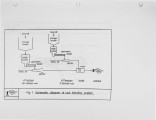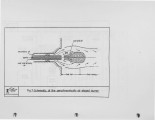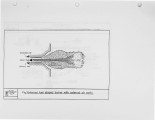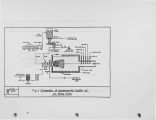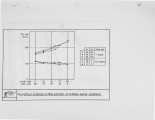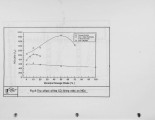| Title |
Atmospheric Pressure Combustion of Pulverised Coal and Coal-Based Blends for Power Generation |
| Creator |
Van de Kamp, W. L.; Morgan, D. J.; Roberts, P. A. |
| Publisher |
University of Utah |
| Date |
1994 |
| Spatial Coverage |
presented at Maui, Hawaii |
| Abstract |
There is an increasing international trend, particularly within the Europe an Union, to fire blends of imported coals for power generation. Furthermore there is a strong interest in the Europe an Union to co-fire biomass materials and sewage sludge with pulverised coal in utility boilers. This paper gives information on experiments undertaken by the IFRF at its s emi-industrial scale research facilities in Ijmuiden, the Netherlands , in connection the firing of coal blends, and the co-firing of shredded straw and pulverised sewage sludge with pulverised coal. Details of the problems encountered are presented a long with a selection of experimental results, in particular with respect to the effect of blending/co-firing ratios on NOx emissions and bum-out. |
| Type |
Text |
| Format |
application/pdf |
| Language |
eng |
| Rights |
This material may be protected by copyright. Permission required for use in any form. For further information please contact the American Flame Research Committee. |
| Conversion Specifications |
Original scanned with Canon EOS-1Ds Mark II, 16.7 megapixel digital camera and saved as 400 ppi uncompressed TIFF, 16 bit depth. |
| Scanning Technician |
Cliodhna Davis |
| ARK |
ark:/87278/s6wh2skn |
| Setname |
uu_afrc |
| ID |
9725 |
| Reference URL |
https://collections.lib.utah.edu/ark:/87278/s6wh2skn |













